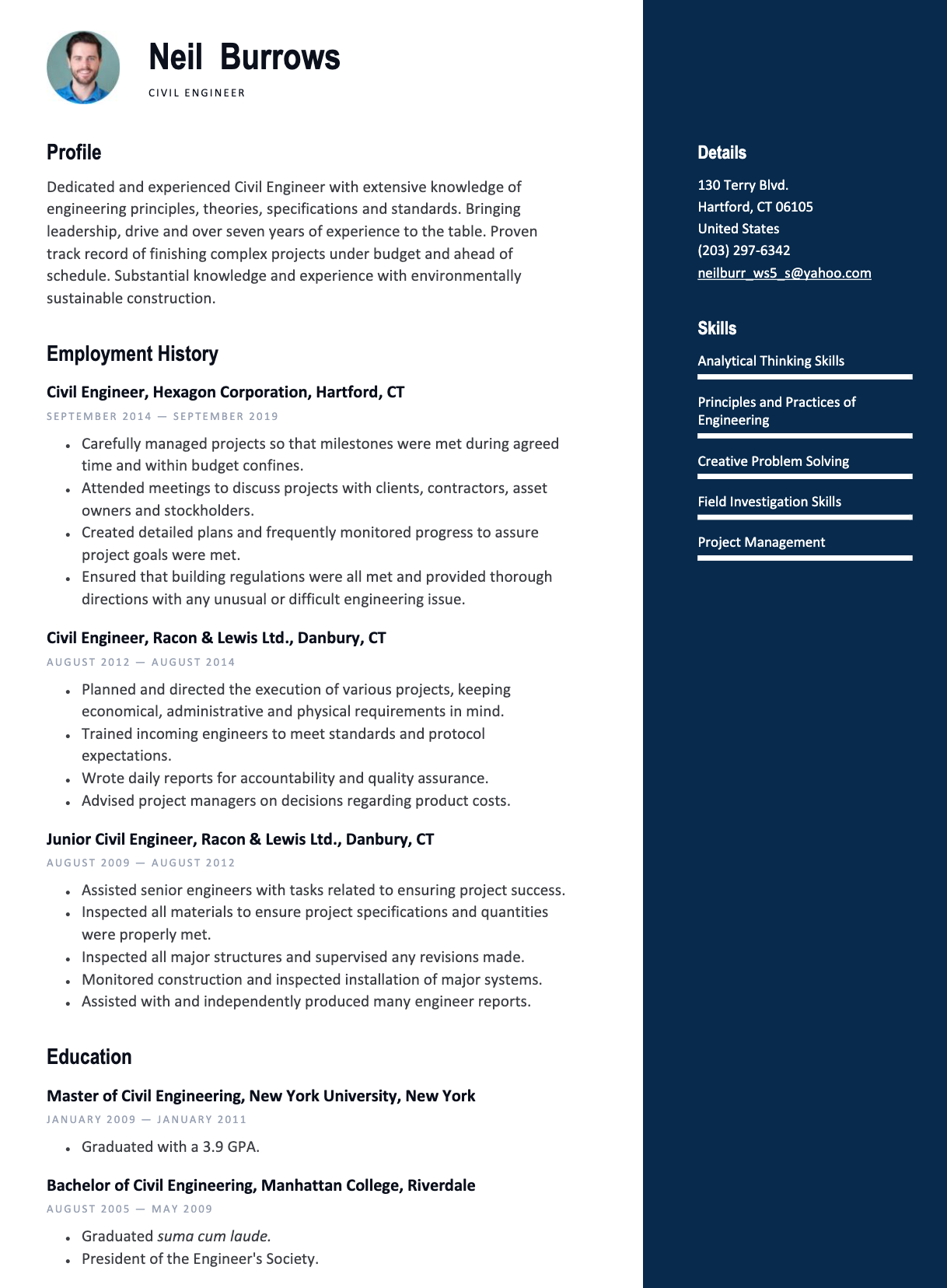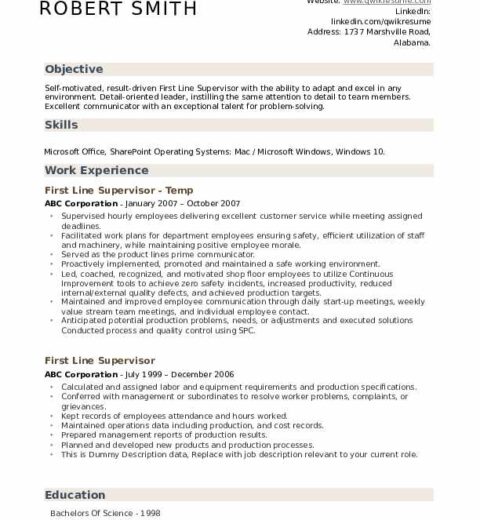In the realm of job applications, your resume serves as a window through which potential employers glimpse your professional journey, skillset, and potential. However, just as a diver checks their gear before plunging into the depths of the ocean, candidates must ensure they are fully equipped for the process of including references on their resume. This often-overlooked aspect can be pivotal, akin to a secret ingredient that enhances a familiar recipe. Understanding how and when to include references can set you apart in a competitive job landscape.
First and foremost, the inclusion of references on a resume is not merely a formality; it’s an art that requires careful thought and strategy. The reference section can serve as an extension of your personal brand, underscoring your achievements and providing corroboration for your competencies. In essence, references act as endorsements, adding credibility and weight to the claims articulated throughout your resume.
But when is the appropriate time to unveil this secret weapon? Traditionally, the best practice has been to save references for the interview or upon request. Including a dedicated section for references on your resume might not only take up valuable real estate but can also imply a lack of confidence. A resume should focus on your skills and experiences; elegant simplicity often reigns supreme.
When preparing your resume, consider the following outline for incorporating references effectively:
- 1. Recognizing the Role of References
- 2. When to Include a Reference Section
- 3. Opting for “References Available Upon Request”
- 4. Choosing the Right References
- 5. Preparing Your References
- 6. Maintaining Professional Relationships
- 7. Situational Awareness
- 8. The Cultural Context
References act as testimonials, illuminating how your skills and experiences have been validated in a professional environment. They serve to humanize your resume, creating a connection between you and the employer.
There are specific scenarios where references may be appropriately included in your resume. For instance, if the job application explicitly requests them, consider providing a succinct references section. Including them in an academic or research-focused resume may also be advantageous, where endorsements from mentors or professors can significantly enhance your candidacy.
This phrase serves as a smart compromise, conveying readiness without cluttering your resume. It indicates to hiring managers that you have prepared references who are primed to vouch for your capabilities. Instead of occupying space with the names and contact information of your references, this approach emphasizes discretion.
Should you opt to include references, judiciously selecting the right individuals is paramount. A former supervisor, a colleague who admires your work ethic, or a client who benefited from your expertise can all serve as strong references. Choosing individuals from diverse aspects of your professional experiences can provide a multifaceted view of your capabilities.
Once you’ve selected individuals, the next step is to arm them with the information necessary to provide a strong reference. Inform them about the job you’re applying for and share your updated resume. Equipping them with this context allows them to tailor their responses favorably, thus enhancing their impact.
Your relationship with potential references should be mutually beneficial, resembling a well-tended garden. Keeping in touch, showing gratitude, and offering to return the favor are essential components for nurturing these connections.
There may be instances when including references is entirely inappropriate or counterproductive. If your career trajectory is characterized by numerous short-term roles, the inclusion of underwhelming references from each position may dilute your overall appeal. Similarly, if you lack strong endorsements, consider omitting this section to maintain the integrity of your application.
It’s worth noting that cultural norms surrounding references can vary significantly from one region to another. Understanding local customs will ensure your approach aligns with expectations. In some cultures, references are regarded as a crucial component of the hiring process, whereas in others, they may be an afterthought.
In summary, when contemplating how to include references on a resume, one must approach the matter with both strategy and finesse. Aligning the inclusion of references with industry standards, as well as understanding individual employer expectations, is essential. The art lies not only in the act of inclusion but also in the careful curation and preparation of your references.
Ultimately, your references can illuminate your professional story, confirming the narrative woven throughout your resume. They offer a sense of authenticity, like a lighthouse guiding employers safely to the harbor of your qualifications. While integrating this aspect into your resume requires delicacy and thoughtfulness, effective implementation can significantly bolster your candidacy in the eyes of prospective employers.




